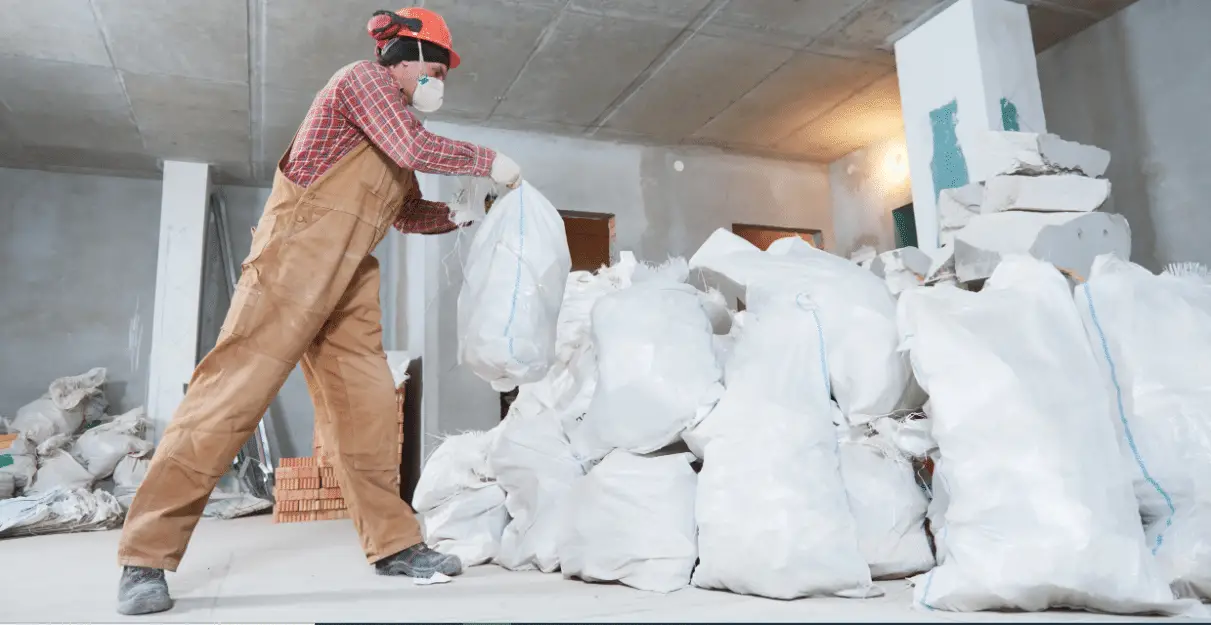Construction is an ever growing and a highly competitive industry. Waste management has become an important part of the construction industry to minimize environmental impact. Construction Management is a process where project owner(s) are provided with the planning, coordination and control of the construction process from start to end which includes aspects like cost, timeline, quality, safety, function and waste management as well.
Whenever construction waste is mentioned, we normally tend to imagine demolition waste or leftover materials pieces. However, there are many hidden forms of waste that need to be considered to increase efficiency and also reduce cost. Inefficient MEP system layout and change orders are one of the commonly observed issues that contribute to construction waste.
Building Information Modeling (BIM) is one of the most powerful tools for handling and preventing construction waste at the design stage. BIM can detect component clashes, eliminating order change when detected, and also allow a 3D visualization of the building system so MEP engineers can make better decisions in optimizing the designs efficiently.
Let take a closer look at the 2 most common problems that lead to construction waste and ways of tackling these issues.
Inefficient MEP Layout

Share spaced have many MEP components that can be suspended above a ceiling, embedded in the walls or floor, or even distributed in vertical shafts. In particular, equipment rooms have lot of components coming from different systems sharing small spaces.
Designing an optimal layout for distribution systems is one of the most difficult challenges when it comes to embedding different MEP components like plumbing pipes, fire sprinkler pipes, air ducts, electrical conduit and hydronic pipes in shared spaced. Inefficient layout of these elements tend to increase the material requirement and in turn increasing the cost as well. The cost of individual unit may be low but when many elements are installed inefficiently, the cost starts to rise exponentially.
Also, optimizing the MEP layout using the conventional 2D drawing software can be difficult considering the relative positions of the component layout. Since building systems are usually drawn on different sheets, overlapping them in 2D would only create more confusion with cluttered drawings.
All these limitations and drawbacks can be effectively eliminated with BIM as it provides a 3D model of the designed layout with higher technical details and also assist with component clash detection. This in turn, greatly reduces the installation process consuming less time and low manpower.
Change Orders
During the process of Construction Management, the design firm calculated the project budget on behalf of the project owner. Even though factors like waste management are considered, the design layout and the budget is calculated with the assumption of no change orders. Unfortunately, change orders can be observed in many construction projects.
These disruptions lead to excessive wastage of the 3 most important resources; Materials, Skilled Labor and Time. This generally leads to increased overall cost and delay in completion of project. In buildings with tenant spaces, delay in completion of project means owners cannot start collecting rent till the project is completed.
Change orders are generally a result of ineffective design errors which leads to design system clashes. These clashes are classified into 3 main types:
A Hard Clash occurring due to overlapping component layout, which means the installation is physically impossible.
A Soft Clash occurring due to improper functioning of components based on their positions.
A Workflow Clash that affects the sequence of project activities like interference between subcontractors due to equipment layout.
Now let’s have a look at construction waste that can occur even after optimal project design layout and how to eliminate the issue.
Prefabrication, A Waste Prevention Strategy
Construction waste can still occur even after having an optimal design layout and no change orders. For example, the dimension of the design components vary from project to project but the component materials like pipes and electrical conduit come in standard sized. Some cutting is required to meet the required dimensions.
Prefabrication is a process where the all the component materials are assembled based on the required dimensions in a factory or manufacturing unit before moving them to the construction site. This helps the project owners use prefabricated modules and reduce the overall waste. Even if there is any waste, it can be used for reuse and recycling.
BIM coupled with prefabrication can further help optimizing the modular components before production. BIM can help visualize these optimized dimensions of the components in the design layout in 3D.
